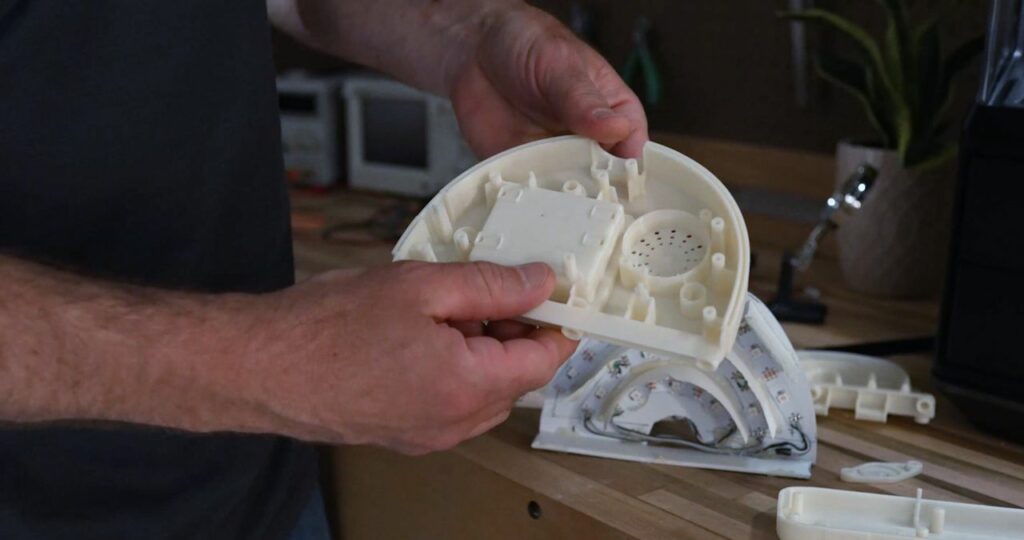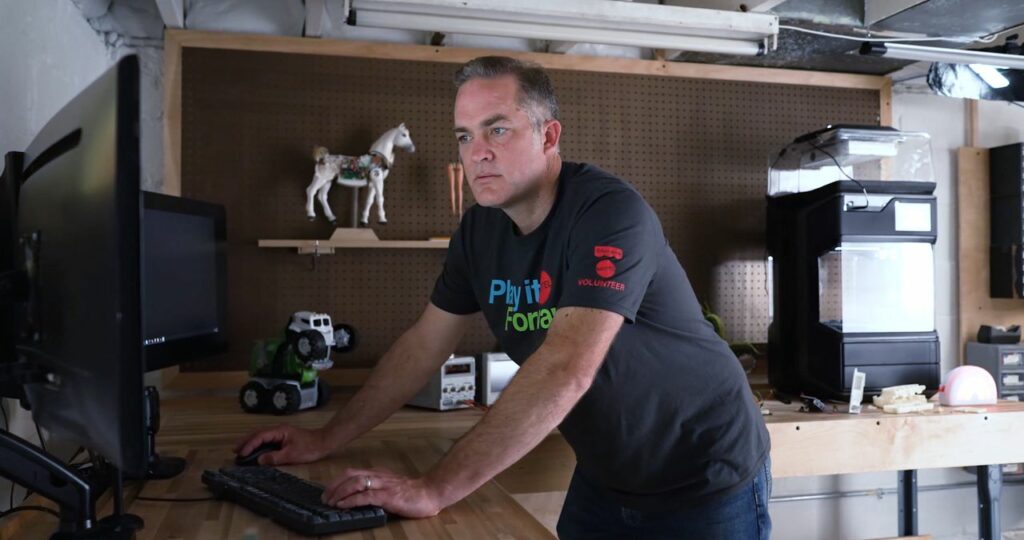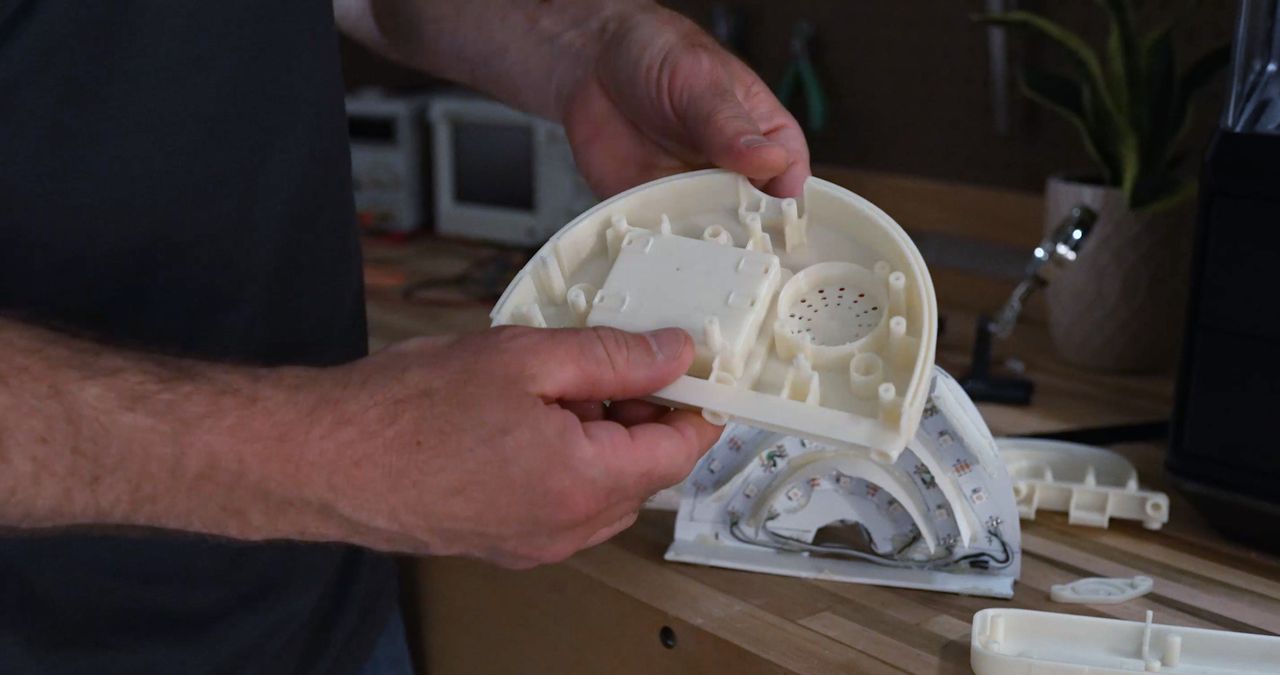
The answer to the question of a home-based work 3D printer has taken many different forms.
Many Fabbaloo readers will use 3D printers at work. They’ll be producing prototypes or production parts, or both, and this has been the case for many years.
But should workers have 3D printers at home? Let’s consider this question from a few different angles.
Years ago the question would have been absurd: the 3D printers of the day were fantastically expensive, required special HVAC and electrical provisions, and a ton of space. They also weighed significant amounts, sometimes more than a standard home floor could support. Often they would be too wide to fit through a standard doorway.
Then things changed. Patents expired and suddenly there were all these really inexpensive 3D printers on the market. Wow, the price dropped, let’s all get 3D printers at home!
The answer seemed to be “Yes” at this point.
Unfortunately, that didn’t work out. For almost all consumers it turned out the machines were still too complex to operate, so that market stagnated. But for engineers and prototypers, could they make use of these new machines?
Only sometimes. It turns out that the material types usable on these inexpensive devices was extremely constrained, and thus engineers couldn’t really build what they wanted. So there was usually no point in having machines at home.
The answer was still no.
Then many 3D printer manufacturers pivoted away from the consumer market towards more profitable niches, such as education or professional use. The professional 3D printers gradually evolved into far more sophisticated devices that could reliably 3D print a wider variety of materials, now including some engineering-grade types that would be of interest.
While these new machines began to flow into professional offices, something else happened: COVID-19.
For a time, most places on Earth had people working from home, if at all. And those engineers that were forced to work from home?
They now had a real opportunity to set up proper 3D printing workstations at home that made sense. They could acquire machines that could print in desirable materials.
Now the answer has become a definite “yes”, if the circumstances and budget align.
This allows the engineer to do their work at home and also receive physical prints of their designs.
But are companies actually doing this? Anecdotal evidence says yes. I’ve heard several stories of companies outfitting at least some portion of their home-based staff with professional-grade 3D printers, particularly in the automotive sector.
MakerBot just published a story about this same phenomenon in the entertainment industry, which is quite different from the automotive world. As this approach penetrates more industries, it may become common to see 3D printing in home offices.

In their case study, MakerBot explained the story of Mattel’s lead innovation engineer, Jack Peach, who accepted two MakerBot devices for producing prototypes in a home workshop. This allows Peach and team to continue their workflow of idea to design to prototype without leaving home, as these MakerBot machines are capable of 3D printing in materials of interest to Peach’s team, such as strong ABS and carbon fiber-infused nylon.
Peach explains:
“In early 2020, I decided to invest in a 3D printer that offered high resolution, high repeatability and was super easy to use. When I started using the METHOD 3D printers, I realized 3D printing parts at home at the industrial level with industry standard material was amazing. Our team’s focus is to share innovative product features with the brand team and help bring them to market. When physical models are needed, our team can rely on industrial-grade 3D printing materials like ABS-R or Nylon Carbon Fiber because they are durable enough to prove out form and function.”
One can imagine a future where an increasing number of prototypers work at home in a more efficient manner, connected by sophisticated product development workflow systems.
This wasn’t really possible a few years ago, but now it is. If you’re at work because you need access to “the 3D printer”, you might now consider the possibility of a home-based system.
Via MakerBot

